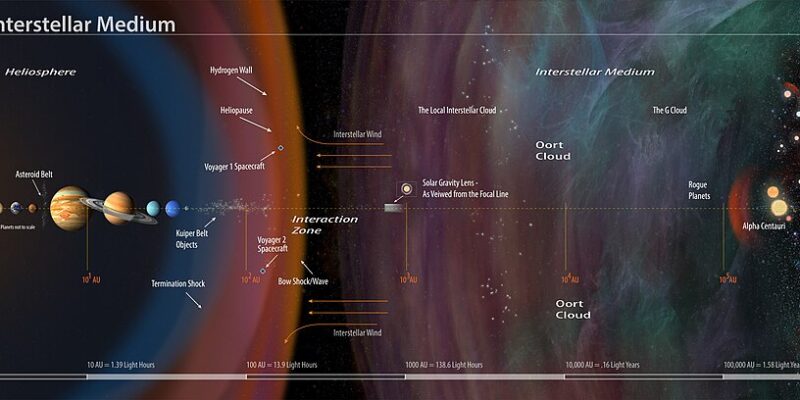
A comet streaking through the solar system has triggered a wave of intrigue across the astronomical world. Designated A11pl3Z, the high-velocity body appears to have originated from beyond the bounds of our solar neighborhood—placing it among the rarest of celestial visitors.
NEWS🚨: An interstellar object has been spotted entering the solar system at high speed pic.twitter.com/bPO5G9Ofnj
— Curiosity (@MAstronomers) July 2, 2025
The Associated Press wrote that the harmless object is currently near Jupiter hundreds of millions of miles (kilometers) away and moving toward Mars, but it should get no closer to the sun than that, according to scientists.
It’s too soon to know whether the object, designated for now as A11pl3Z, is a rocky asteroid or a icy comet, or how big and what shape it is. More observations are needed to confirm its origins. NASA said it is monitoring the situation.
Astrophysicist Josep Trigo-Rodriguez of the Institute of Space Sciences near Barcelona, Spain, believes it is an interstellar object based on its odd path and extreme speed cutting through the solar system. He estimates its size at roughly 25 miles (40 kilometers) across.
3rd interstellar object discovered? Maybe. There's a lot of buzz right now in the Astro community. More observations should come in tonight to confirm if A11pI3Z is from beyond the solar system. pic.twitter.com/B6d8ou1AmA
— Tony Dunn (@tony873004) July 2, 2025
When confirmed, A11pl3Z would be only the third known interstellar object to pass through our system, joining the enigmatic asteroid ‘Oumuamua (2017) and the icy wanderer comet Borisov (2019). Early tracking data indicate the object is on a sunbound trajectory, with its perihelion—its closest approach—anticipated in the coming months.
Huge news.
The new interstellar object is now confirmed to be a comet.
It’s only the 3rd ever known object to originate from outside the solar system.
If it’s a comet there’s ice. Where there’s ice, there’s likely organic molecules.
We must learn as much as we can from it. https://t.co/d3SV6BGRlo
— A. Pettit (@PettitFrontier) July 2, 2025
The discovery has ignited a global effort among both amateur skywatchers and professional observatories, each vying to capture fresh observations before the object vanishes back into deep space. Scientists are racing to refine its orbital path and composition, hoping to confirm its origin and glean insights into material from other star systems.
Much like ‘Oumuamua, which defied expectations with its sudden acceleration and sparked wild speculation about extraterrestrial engineering, A11pl3Z has already attracted curiosity for its unusual speed and trajectory. And like Borisov, whose earlier detection allowed researchers to observe it in unprecedented detail, this latest interstellar intruder may provide another rare glimpse into the chemistry and dynamics of alien planetary systems.
For now, astronomers continue to monitor A11pl3Z as it hurtles inward. Whether it reveals secrets or simply adds to the mystery, one thing is clear: it is not of this world—and it won’t be here for long.









